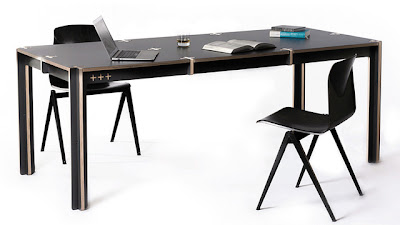Thanks to the same people that brought us the stick-on electric tattoo and stretchable battery, we're now looking at a future of electronic sensors that can be printed directly onto human skin.
At least for now, it seems like the sensors will be mainly used for medical purposes; they'll be able to monitor skin hydration, temperature, and any electric signals from muscle and brain activity. And unlike their stick-on precursor, these skin-printed tattoos don't use the easily-washed-off polymer backing, which as it turns out, wasn't even necessary in the first place.
Instead, the Rogers research group at the University of Illinois at Urbana-Champaign found that, by printing the electronic mesh directly onto skin, the sensor (which is held together and remains flexible thanks to special serpentine wires) becomes 1/30 the size and even conforms better to that body's natural bumps and curves. With the help of a "very robust" spray-on bandage, that sucker has a good two weeks before it begins to flake off. Of course, a longer shelf-life would require embedding the device underneath the top layer of skin, just like a real tattoo. In which case—uh oh—I'm pretty sure I know how that movie ends.
Still, with these advances and the current massive interest in wearable, body-monitoring tech, it's only a matter of time before health-tracking diehards demand taking wearable to within. What's more, these sensors could even be hooked up to interact with any number of external devices. The possibilities are truly exciting, and in a certain light, mildly terrifying. But whether we're ready for it not, the future, it seems, is here.
More here.

















